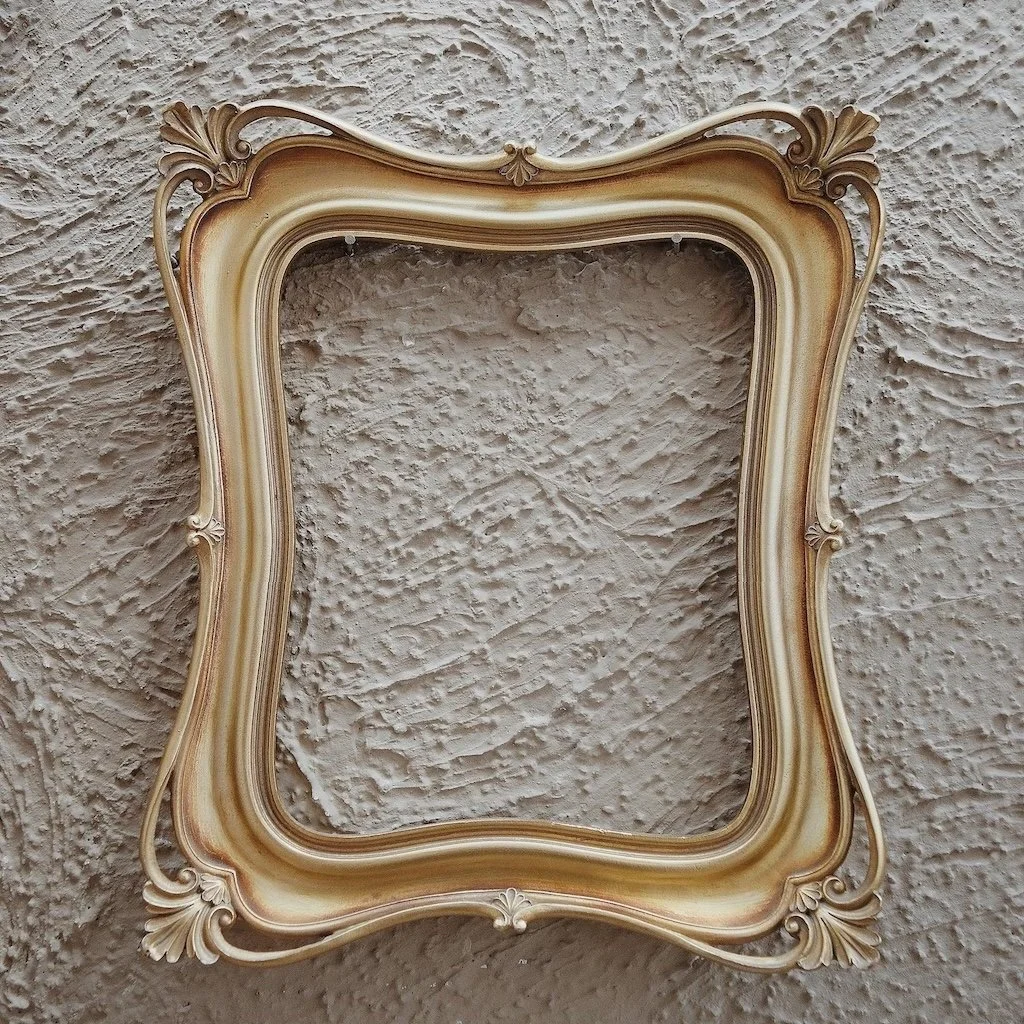Texture, Time, And Taste: A Guide To Your Home’s Most Misunderstood Surfaces
Photo by Sara Garnica
Once upon a ceiling, everyone had texture. It was sprayed, swirled, and slapped on with abandon—like frosting on a sheet cake. Depending on when (and where) your home was built, you might be living with some of those patterns right now: stippled ceilings from the 1950s, popcorn in the '70s, knockdown from the '90s, or even decorative plaster from a century ago.
Today, many homeowners are asking the same questions: Do I smooth it out? Paint over it? Embrace it? What even is this texture on my ceiling? And how did it get here in the first place?
Let’s dig into the fascinating (and often forgotten) history of textured walls and ceilings—and explore how modern design and paint can help you work with what you’ve got.
A Brief History of Bumps, Swirls, and Splatter
Texture in American homes isn’t just about style—it’s about practicality, too. Each decade brought its own look and logic:
1920s–40s: Plaster Swirls & Troweled Drama
Decorative plaster finishes were popular in pre-WWII construction. Skilled tradesmen created swoops and whorls that caught the light. These patterns signified craftsmanship and sometimes hid inconsistencies in horsehair plaster walls.
1950s–60s: Stipple and Sand
With the rise of drywall, textures like stippling or sand-finish became go-to techniques. A roller dipped in thinned joint compound and dabbed repeatedly created a dappled finish. These surfaces helped hide tape joints and imperfections.
1970s–80s: Popcorn and Cottage Cheese Ceilings
The darling (and later, the horror) of tract homes across the U.S. Originally applied for acoustic insulation and speed, popcorn ceilings were often sprayed using a hopper gun. Fun fact: Some early mixtures included asbestos—leading to a push for removal decades later.
1990s–2000s: Knockdown & Orange Peel
More subtle textures arrived as the drywall industry developed new tools. Knockdown, which looked like flattened stucco, and orange peel (like the fruit’s surface) dominated builder-grade homes in the '90s and early 2000s.
Why We Textured (and Why We’re Tired of It)
In many cases, texture was a shortcut: cheaper than skim-coating an entire surface smooth, and better at hiding flaws. But as design preferences shifted toward clean lines, open spaces, and soft lighting, many of these treatments began to feel dated—especially under modern LEDs that highlight every dimple.
Today, homeowners fall into three camps:
Embrace it as a retro or architectural feature.
Refine it with clever paint choices.
Erase it via scraping, sanding, or skim-coating.
Each approach is valid—and depends on your aesthetic, budget, and tolerance for mess.
If You’re Keeping the Texture...
There’s no law saying you have to remove it. In fact, some homeowners are leaning into their home’s era.
Want to honor that 1970s look?
Go bold with Sherwin-Williams “Sunflower” or Benjamin Moore “Spanish Red.”
Embrace the maximalist spirit: deep ochres, avocado greens, and warm walnut trim.
Prefer a modern interpretation?
Pair textured ceilings with soft, grounding tones like Farrow & Ball’s “Jitney” or Benjamin Moore’s “Wish.”
These colors absorb light in flattering ways and reduce contrast, making bumps less noticeable.
Still unsure?
Try a flat or matte finish paint. Gloss highlights texture—matte softens it.
If You’re Painting Over It...
You can refresh textured ceilings and walls without major renovation. Here’s what to keep in mind:
Prime first. Especially important if the surface is older or has stains.
Use a thick-nap roller. Texture requires a roller that can fill gaps.
Choose the right white. A too-bright ceiling white can feel sterile. Try Sherwin-Williams “Alabaster” or Benjamin Moore “White Dove.”
Low sheen is key. Flat and matte finishes disguise texture best.
If You’re Removing It...
It’s doable—but be prepared for dust, muscle fatigue, and possibly asbestos testing (especially for homes built before 1985).
You’ll need:
A wetting spray to soften the texture
A ceiling scraper or wide drywall knife
Protective gear and drop cloths
After removal, consider:
A smooth skim coat for a clean, modern ceiling
A limewash or mineral paint for a breathable, old-world feel
Design Theory: Texture as Memory
Here’s where we get theoretical (and maybe a little nostalgic): texture tells a story. It reminds us of the home we grew up in, the relative who smoked in the den, the popcorn ceilings of elementary school cafeterias. It’s part of the architecture of memory.
In a world that increasingly favors smooth and minimal, texture offers resistance. It says: “I was made with hands.”
And sometimes, with the right paint and intention, it can feel less like a relic and more like a feature.
Final Thoughts: Imperfection, Illuminated
You don’t have to chase perfection to love your home. Whether your ceiling is stippled, swirled, or suspiciously lumpy, you have options. You can tone it down, work around it, or highlight it with confidence.
Because here’s the thing about texture—it’s honest. It holds light in interesting ways. It casts shadows. It remembers. And sometimes, with the right approach, it glows.
Looking to update a textured ceiling or wall?
Stanwich Painting can help you make a plan—whether that means a bold color refresh or a full skim coat.
Call 475-252-9500 or request a consultation today.
Citations & Further ReadingHow to Remove a Popcorn Ceiling (with safety guidance) This Old House provides detailed instructions, including tools to use, prep steps, and the importance of checking for asbestos.https://www.thisoldhouse.com/ceilings/21015203/3-ways-to-remove-popcorn-ceilingDifferent Types of Ceiling Textures, Explained (knockdown, orange peel, comb, etc.) The Spruce showcases how each texture looks and how it's created—great for identifying what you have.https://www.thespruce.com/different-types-of-ceiling-textures-7481870Skip Trowel & Knockdown Textures: When and Why A The Spruce guide offers insight into these craftsman-era finishes and how they evoke vintage charm.https://www.thespruce.com/skip-trowel-texture-8387662How to Repair Orange-Peel Texture with Simple Tools The Spruce gives homeowners a walk-through repair process—perfect for easy DIY fixes.https://www.thespruce.com/how-to-repair-orange-peel-texture-4153933“Why You Should Consider a Popcorn Ceiling, According to Pros” The Spruce covers the history, pros, cons, and safety—offering a surprisingly balanced view.https://www.thespruce.com/in-defense-of-popcorn-ceilings-5216926Removing Textured Ceilings Safely EPA – “Protect Your Family from Asbestos-Contaminated Vermiculite Insulation” https://www.epa.gov/asbestos/protect-your-family-asbestos-contaminated-vermiculite-insulation“How Texture Shapes the Perception of Design Elements.”
https://www.metaformdesign.com/design-theory/how-texture-shapes-the-perception-of-design-elements/

